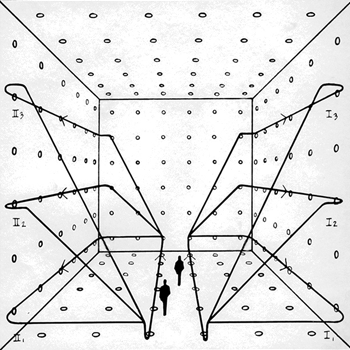Question #c747d
2 Answers
It's a two-sided limit, which means that the limit as such does not exist.
Explanation:
The first 3 terms are continuous at
Now you want to worry about the direction in which you are aproaching zero, because there is a binary change in the sign of x either side of the origin.
So, from the right, where
And from the left, where
But, overall, it's a two-sided limit which means that the limit as such does not exist.
Explanation:
I don't like to solve limits using l'Hopital's rule but in this case it is the easiest way to get it.
Making
so taking the numerator
and the denominator
then it is equivalent
but
so


